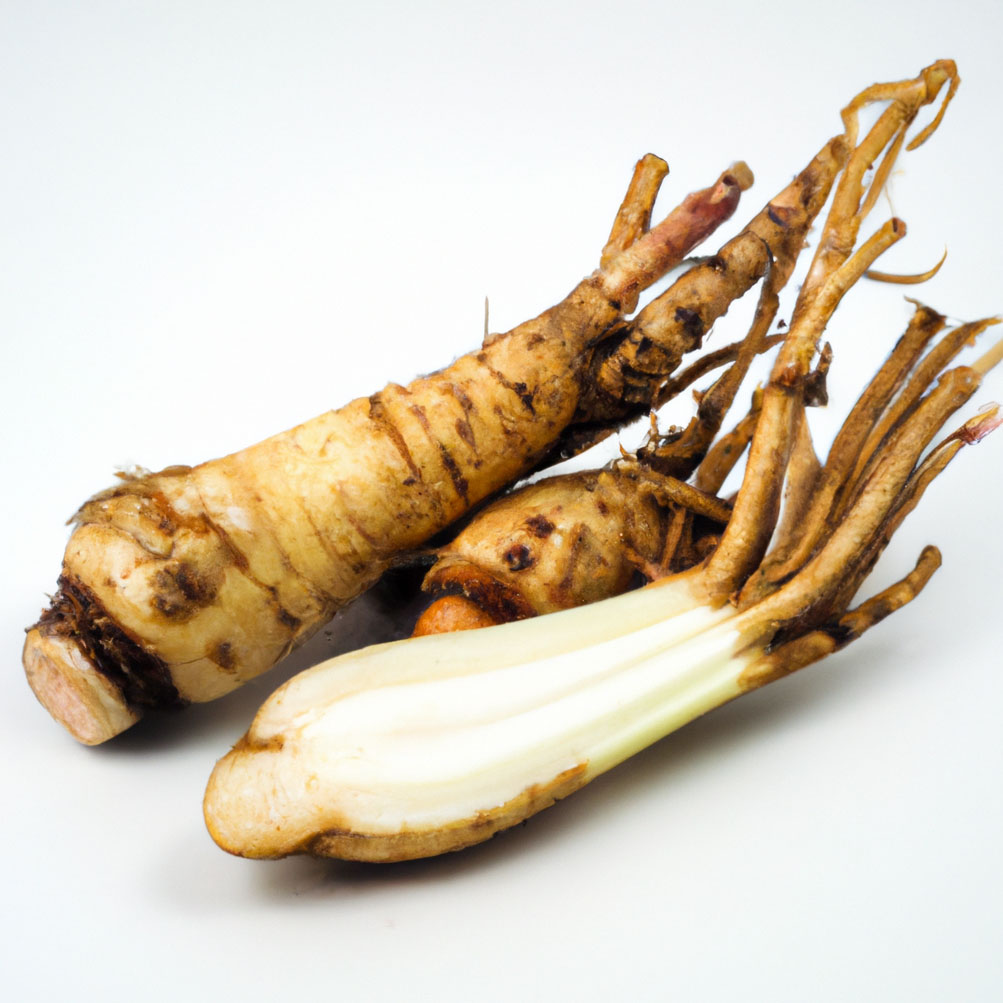Botanical Name: Cichorium intybus
Chicory is a hardy perennial plant that has been valued for its culinary, medicinal, and agricultural uses for centuries. Native to Europe and parts of Asia, chicory has since spread globally and can now be found in various temperate climates. The plant is known for its bitter-tasting leaves and vibrant blue flowers, but its roots and leaves have been utilized in various forms for various purposes.
One of the most well-known chicory uses is as a coffee substitute or additive. The root of the chicory plant, once roasted and ground, produces a coffee-like beverage that has been used for centuries, particularly during times of coffee shortages, such as in the Southern United States during the Civil War. Chicory root coffee has a rich, earthy, and slightly nutty flavor, with none of the caffeine content of regular coffee, making it a popular choice for those looking for a caffeine-free alternative. Today, chicory coffee remains popular in places like New Orleans, where it is often blended with coffee grounds to create a distinctive brew.
The chicory leaves, often enjoyed as a bitter green, are a staple in salads and cooked dishes. Their flavor is bold and slightly peppery, with a pleasant bitterness that adds depth and complexity to recipes. Varieties like Belgian endive, radicchio, and curly endive (frisée) each bring their own unique texture and appearance, from crisp, tightly packed leaves to delicate, frilly edges. Chicory leaves pair beautifully with citrus, nuts, and creamy dressings, balancing bitterness and complementary flavors.
Cooked chicory greens take on a mellower, slightly nutty taste. Sautéed with garlic and olive oil, braised in stock, or baked into casseroles, chicory becomes tender and flavorful, making it a perfect accompaniment to rich meats or hearty grains. It is also a key ingredient in traditional dishes like Italian puntarelle salad and French braised endive.

